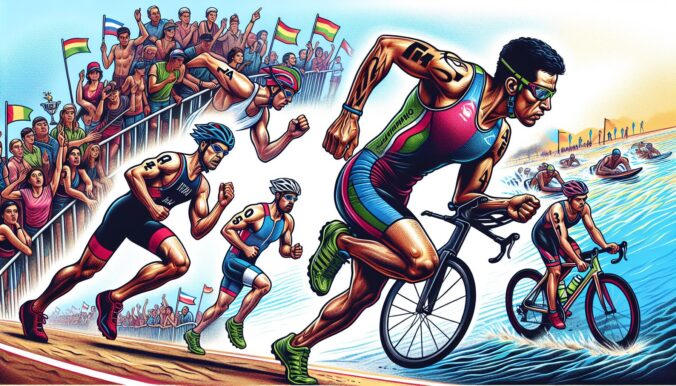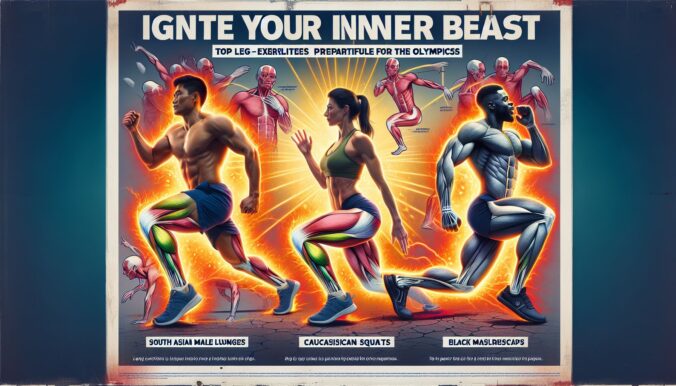Marathons, the pinnacle of human endurance, have given birth to a realm of legendary athletes who have pushed the boundaries of human capabilities. These runners epitomize the essence of strength, resilience, and tenacity. Today, we delve into the world of marathon running to celebrate the remarkable male athletes who have carved their names into the annals of history. Join us for an exhilarating journey alongside the greatest marathon runners of all time.
Constantine “The Great” Takis
The thundering cheers of the crowd reverberated through the air as Constantine Takis stepped up to the starting line. Known as “The Great,” Takis was a force of nature. With every stride, he defied gravity, weaving through the pain and fatigue with unbroken focus. His ability to embrace the agony and channel it into newfound energy was unparalleled. The world watched in awe as Takis stormed through one marathon after another, setting and breaking countless records along the way. His relentless determination and fiery spirit laid the foundation for the future of marathon running.
Haile Gebrselassie: The Ethiopian Dynamo
Ethiopia, the birthplace of countless running legends, is home to Haile Gebrselassie, a man who became synonymous with speed and finesse. With every step, Gebrselassie exuded elegance and grace, displaying an effortless fluidity that left spectators speechless. His focused gaze and steady rhythm propelled him forward, creating an aura of invincibility. Gebrselassie’s ability to remain composed in the face of pain and adversity is a testament to his indomitable spirit. Breaking world records seemed to be second nature to him, setting a standard that future contenders strive to reach.
Eliud Kipchoge: The Sublime Guardian
In the hallowed halls of marathonism, Eliud Kipchoge has etched his name with golden ink. Kipchoge, the epitome of poise, has captured the world’s imagination with his awe-inspiring runs. Each stride he takes reveals a fusion of power, precision, and artistry. The unfathomable dedication and unwavering willpower emit from every pore, driving him to conquer unimaginable feats. Kipchoge’s crowning moment came when he shattered all boundaries in Vienna, completing the marathon in less than two hours. His marathon crusade exemplifies what it means to triumph over pain, solidifying him as one of the greatest runners of all time.
The Invincible Determination
As we reflect on these marathon greats, one common thread emerges – their unyielding determination. Each runner faced numerous setbacks, physical hurdles, and mental adversity, yet they refused to falter. Their unwavering self-belief transformed pain into fuel, igniting an unstoppable fire within. Through their relentless pursuit, they pushed the boundaries of what the human body is capable of achieving.
In every marathon, the moment of truth arrives when the body is consumed with pain, the mind succumbs to fatigue, and the spirit yearns to surrender. It is in these moments that the marathon greats reveal their true essence, tapping into an infinite reservoir of energy. They embrace the discomfort, dancing with the pain, and emerge stronger and faster on the other side.
Conclusion: Carrying the Torch forward
As we explore the extraordinary achievements of these male marathon athletes, we stand in admiration of their unwavering grit and unrelenting spirit. They have blazed a trail, lighting the way for future generations of runners to push beyond what is thought possible. The euphoria of each victory, the confluence of pain and triumph, serves as a beacon of inspiration, reminding us to fight through our own battles.
Whether on the asphalt streets of major cities or the tranquil lanes of country roads, marathon runners continue to defy limits, surpass expectations, and set new milestones. Let us honor the marathon greats who have come before us and celebrate the indomitable spirit that burns within us all. For in the marathon, as in life, it is the relentless pursuit of our dreams that propels us towards greatness.







